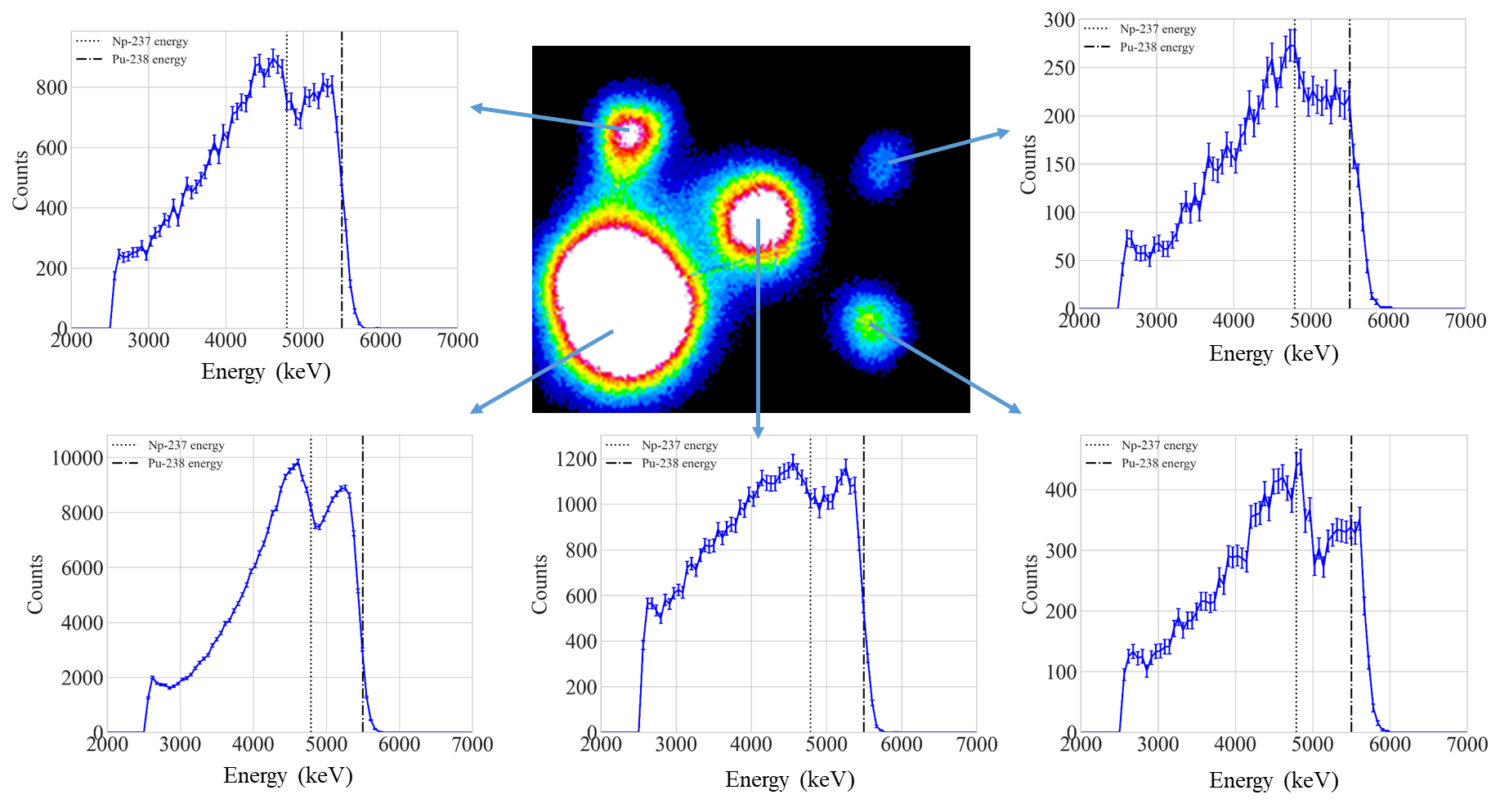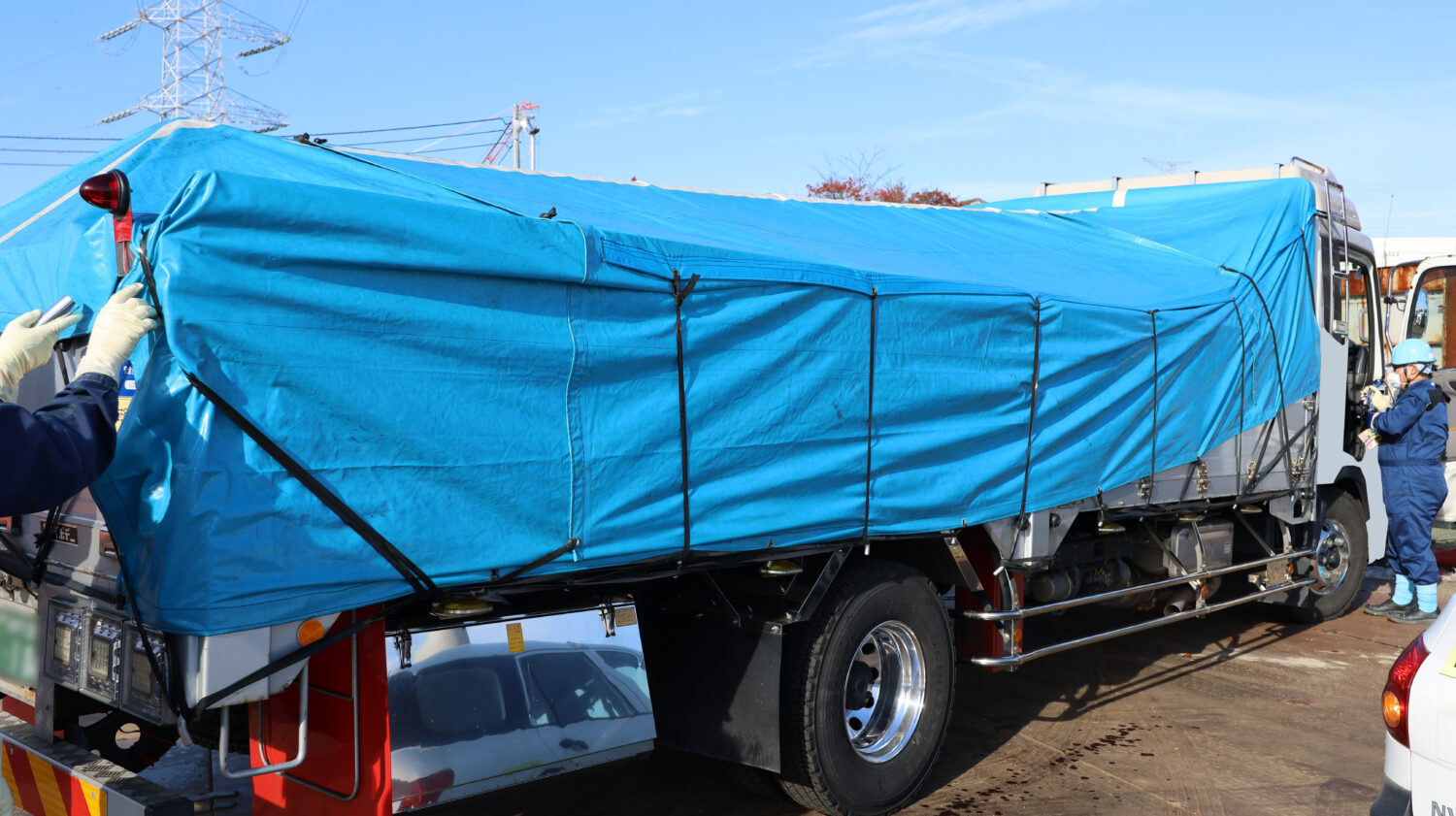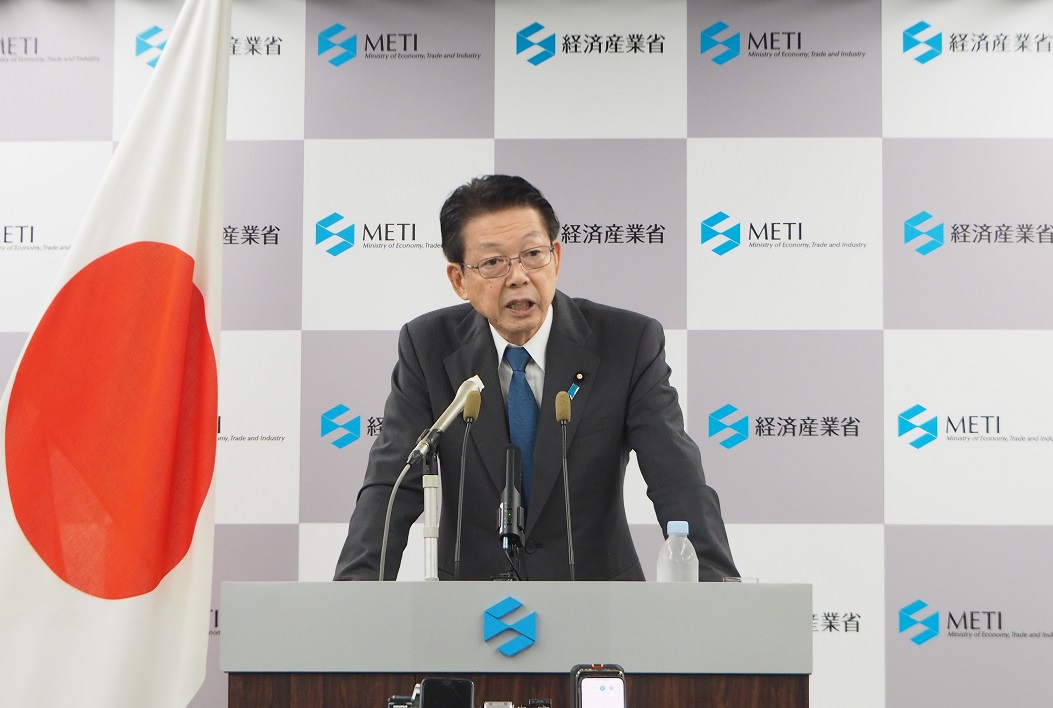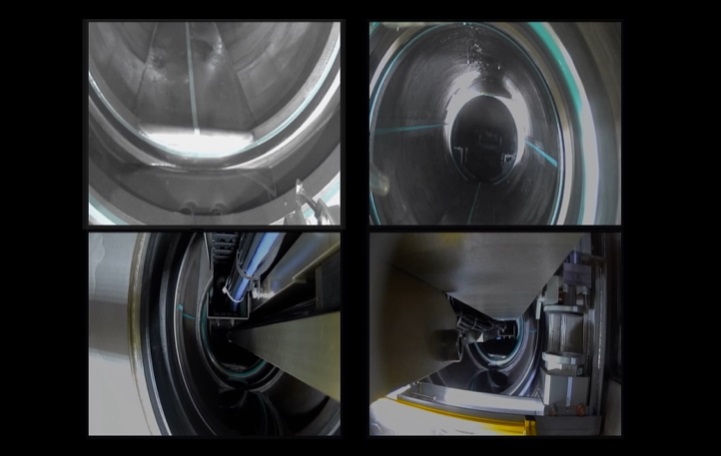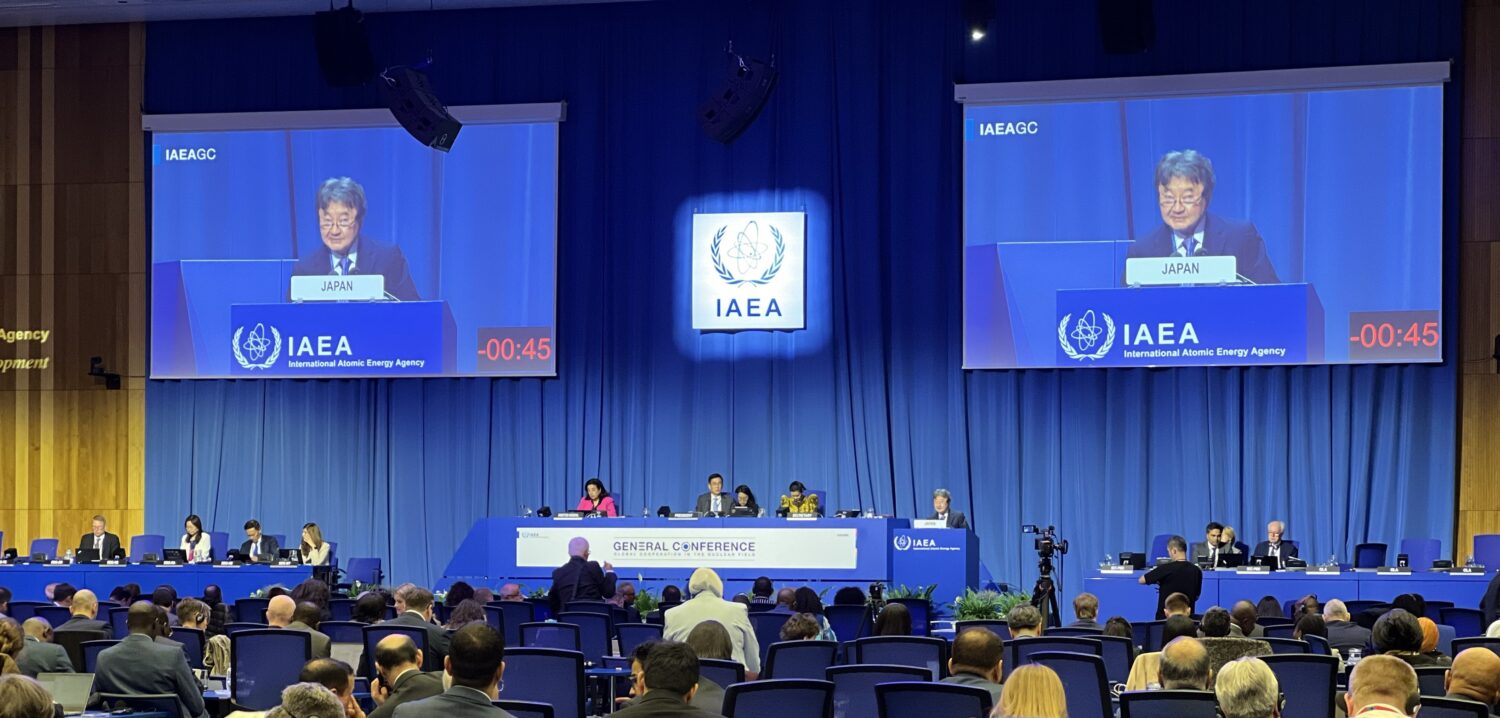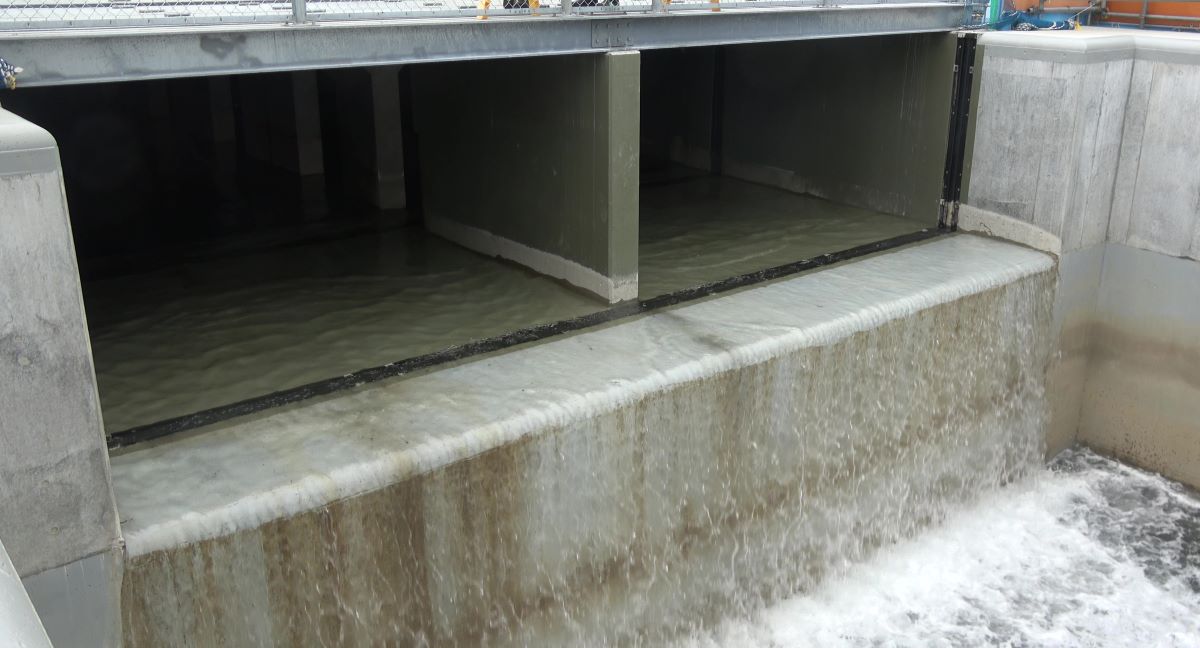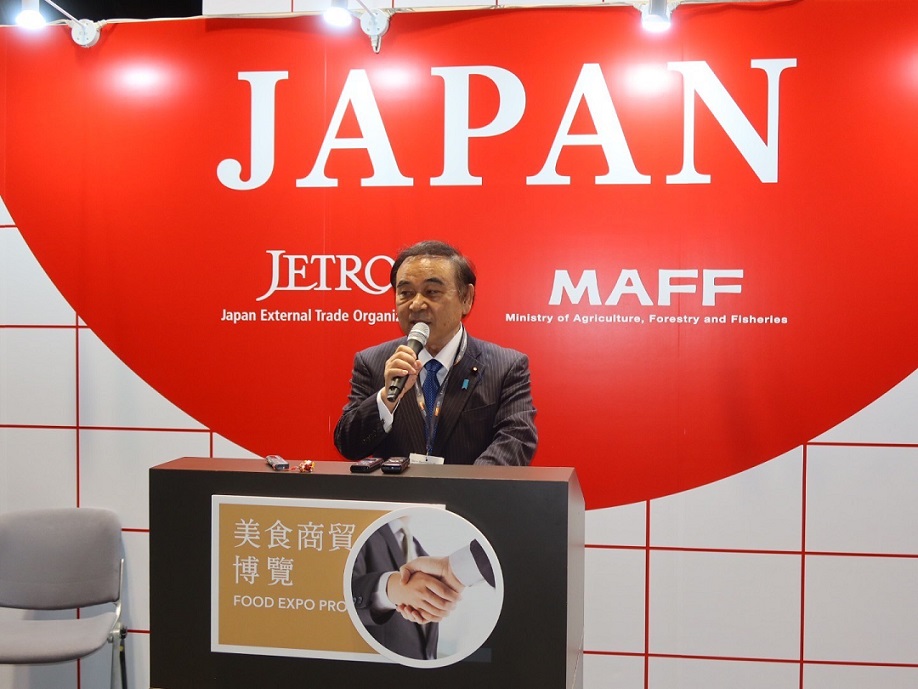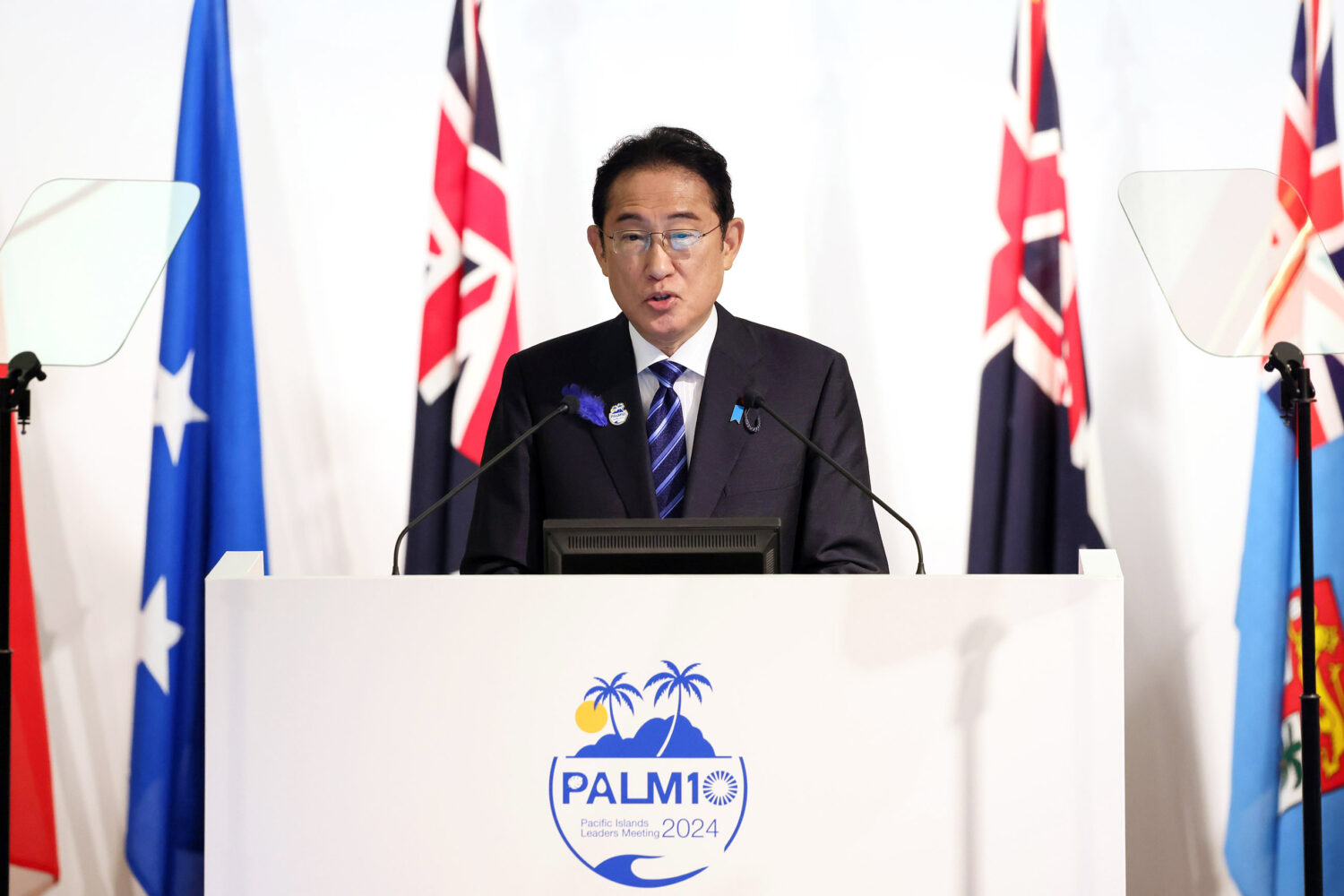Two categories of evacuation orders — affecting those areas where living is “not permitted” and those where evacuation orders will “soon be lifted” — will be ended by the end of fiscal 2016 (i.e., March 31, 2017), fully six years after the accident.
Including two years of intensive support for reconstruction of businesses from now through FY16, the government’s policy is one of urging self-reliance among those affected most strongly.
The two pillars of the revised guidelines are: (1) promoting the return of evacuees to their homes and (2) switching from mechanisms of compensation to those supporting the reconstruction of businesses. Locally, however, some have expressed dissatisfaction with the change, saying that an environment for returning home is not yet fully in place.
The number of people displaced in the areas classified in the above two categories totals about 54,800, accounting for about 70% of those subject to evacuation orders. The rest are in a third category, referring to areas where residents “will not be able to return home for a long time.”
Many people still maintain deeply-rooted concerns about the state of local infrastructure in the affected areas and the health effects of radiation. Hence, it is not clear that a significant number of people would actually return home even though the evacuation orders have been lifted.
The Tokyo Electric Power Co. (TEPCO) has said that as of the end of FY17 (March 2018), it would uniformly end compensation payments for emotional distress (so-called solatium) to the residents of areas where living is not permitted and where evacuation orders will soon be lifted.
Thus, if the evacuation orders are lifted before the end of FY16 (i.e., by March 31, 2017), payments would continue until the end of FY17 (March 31, 2018), creating no discrepancy in the amounts received as a result of the timing of the lifting of the orders. The treatment will be the same for areas where orders have already been lifted.
The government has not specified a schedule for lifting evacuation orders in those areas where residents “will not be able to return home for a long time.” Specifically, those areas are located close to the Fukushima Daiichi, where radiation levels remain high.
Meanwhile, intensive efforts will be made to help businesses in the affected areas reconstruct over a two-year period through March 2017.
A new joint public-private organization is to be set up to help people engaged in the commercial and industrial sectors to become independent. The organization plans to conduct door-to-door visits and consultations.
In addition, payments of compensation for damage to businesses and damage due to unfounded fears and rumors will continue through the end of March 2017.
On June 7, TEPCO indicated to Fukushima Prefecture its intention to continue paying compensation for business damage suffered by commercial and industrial interests in the areas subject to evacuation orders through March 2017, but to stop it thereafter.
The total amount of compensation paid out by TEPCO since the accident currently exceeds USD40 billion.



